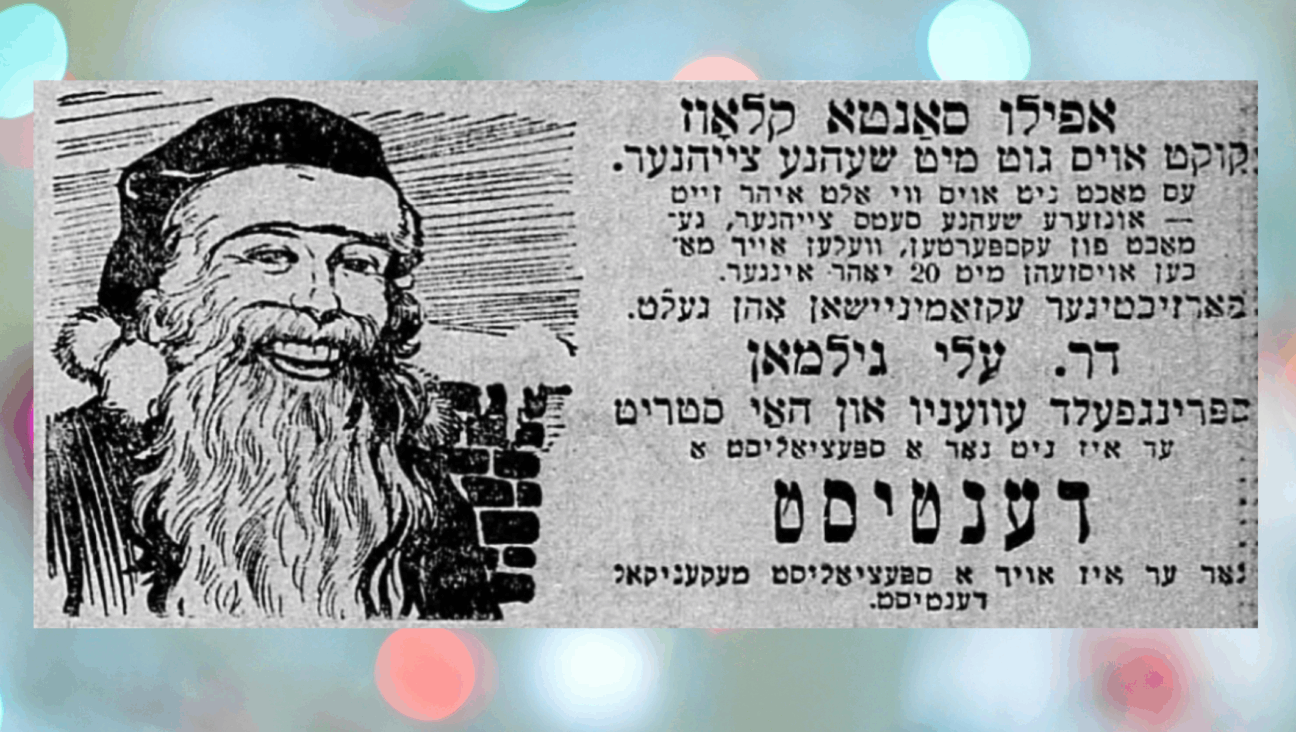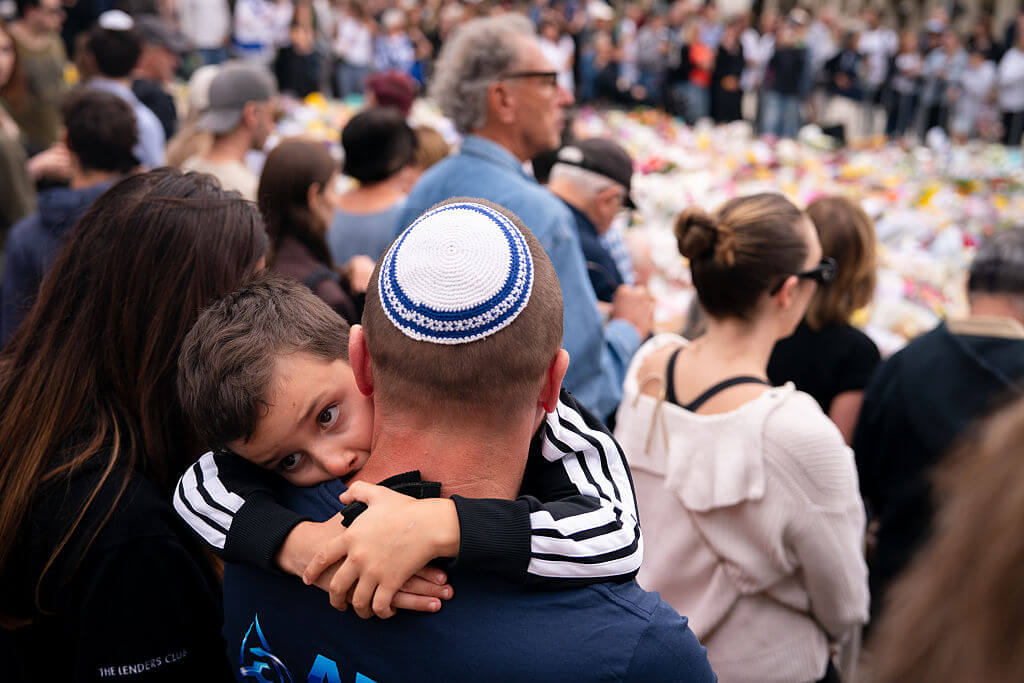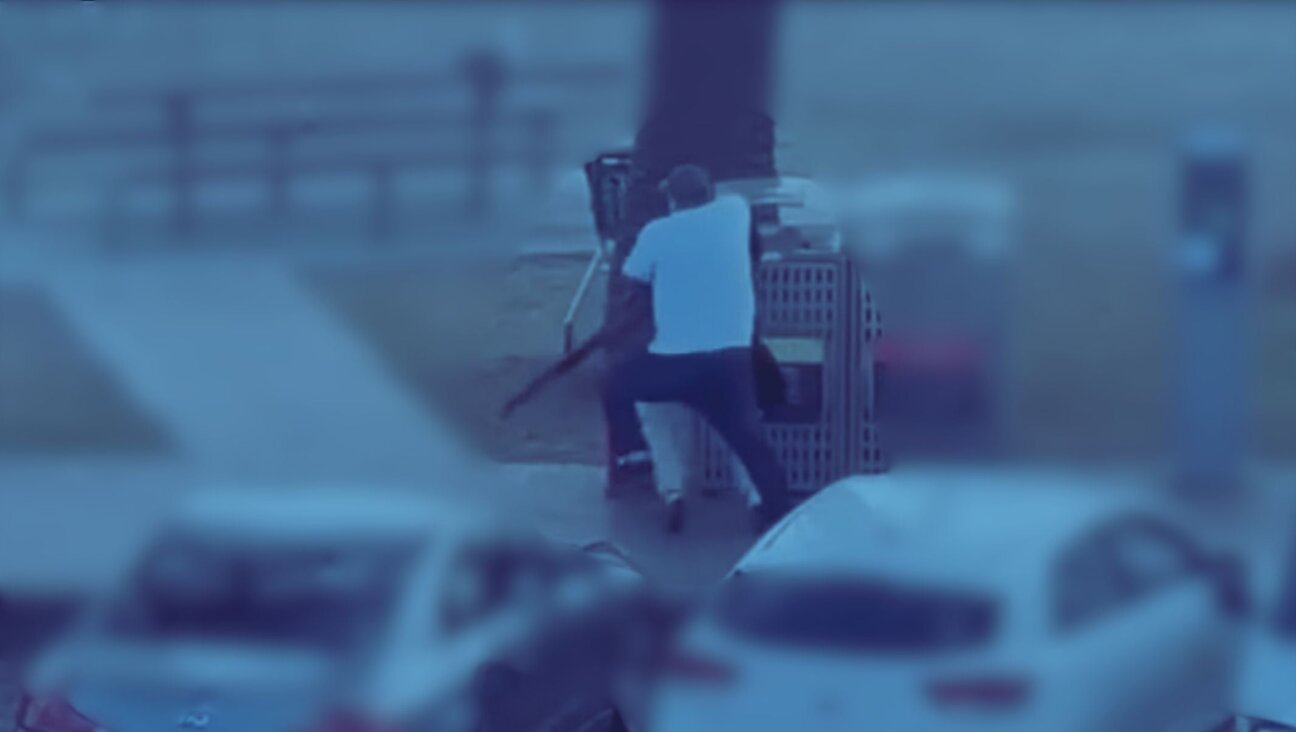New Docudrama Emcees E=mc2
Arguably the greatest mind of the modern world, Albert Einstein famously would neglect to wear his coat in the dead of winter, absentmindedly misplace his keys and forget life’s little details, like where he lived. So perhaps it’s not shocking that when it came to proving correct his most famous equation, E=mc2, it took the brainpower of another scientist. But it may come as a surprise that it was a Jewish woman, Lise Meitner, who, in 1938 — 33 years after Einstein first published his groundbreaking idea — used the equation to split the atom, simultaneously validating Einstein and laying the foundation for the atomic bomb.
Meitner’s tragic tale — forced by the Nazis from her post at a German institute, her partner, Otto Hahn, received sole credit for her ideas — is just one of the fascinating stories featured in “Einstein’s Big Idea,” a NOVA special premiering on PBS on October 11. In honor of the 100th anniversary of the theory of relativity, the two-hour docudrama (based on the book “E=mc2: A Biography of the World’s Most Famous Equation,” by David Bodanis) is a dramatic exploration of the scientists who influenced, and who in turn were influenced by, Einstein’s earth-shattering idea.
Best known for straight, science documentaries like “Secrets of the Crocodile Caves” and “Wave That Shook the World,” NOVA makes a literally dramatic departure with “Einstein’s Big Idea.” The docudrama format relies on actors — including Aidan McArdle as a young Einstein and Shirley Henderson as his first wife, Mileva Maric, looking vaguely like Ally Sheedy’s character in “The Breakfast Club” — to tell the story. Narrated by John Lithgow, and featuring academic talking heads interspersed among the dramatizations, the special is something like “Nightline” meets “Martha Behind Bars.”
Does it work? Yes and no.
Full disclosure: I never took physics in high school. Being of a mind-set that a high grade-point average must be pursued at all costs — therefore reaping the benefits of a top college — I shirked on math and science courses and beefed up on humanities. (The strategy worked — after all, I went to a decent college and I’m a writer today.) However, thanks to the gaps in my education, I have the tendency to tune out what I call “that science stuff,” much in the same way one can read a Dostoevsky novel without fully sounding out a Russian name.
Fortunately for me, “Einstein’s Big Idea” is geared toward intellectually curious, though not necessarily science-oriented, viewers. The film, like the book, aims to put a human face on what seems, at first, a seemingly senseless arrangement of letters and numbers. (Interestingly enough, in his introduction, Bodanis admits that his book was inspired by an article in a movie magazine, in which actress Cameron Diaz, when asked if there’s anything she’d really like to know, responds that she’d like to know what E=mc2 means.)
Cleverly and patiently, the program begins with the origins of “E” (for those of you who don’t know — and don’t be shy! — that’s Energy), guides us to the meaning and discovery of “m” (matter), all the way through to “c” (speed of light), and that cute little “2” (for squared). Over the course of two hours, viewers will travel through time and space, from Bern, Switzerland, in 1905 (the time of a “young, energetic, even a sexy Einstein,” says Lithgow) to London in 1812, to 18th-century France to the present day. Along the way, they’ll meet science luminaries like Michael Faraday, a poor but brilliant amateur scientist who established the modern concept of energy.
Like Meitner (Emily Woof), most of the innovators featured in the program led lives tinged by tragedy. Tax collector Antoine-Laurent Lavoisier (Julian Rhind-Tutt), who discovered the modern idea of mass, was beheaded during the French Revolution; 18th-century prodigy and lover of Voltaire Emilie du Chatelet, (Helene De Fougerolles) — who showed that an object’s velocity must be squared when calculating its total energy — died after giving birth at the age of 43.
And yet, despite such a compelling cast of characters, much of the program lacks, well, electromagnetism. Such a fascinating set of characters could serve as the foundation for a terrific miniseries; but as short vignettes, the use of dramatic license is often laughable. Sure, I can be charmed that Lavoisier and his wife, Marie Anne, courted each other with science — but am I supposed to believe that he proved that an object’s total mass is never lost at the exact same moment the French Revolution started?
The condensed format also lends itself to long summaries of complex ideas — ideas that are difficult to convey visually. Much of Einstein’s screen time, for example, is devoted to him staring, wide-eyed with wonder, at sources of light, wondering to himself: “Vas is zis sing called light?” Always a man ahead of his time, one wonders whether, in 1905 — Einstein’s annus mirabilis, in which he published three groundbreaking ideas, including E=mc2 — the physicist also coined the cliché, “like a deer caught in headlights.”
The bottom line is, no matter how many human faces and compelling tales “Einstein’s Big Idea” attaches to E=mc2, the equation remains pretty tricky and highly-scientific stuff. And I have no bones about admitting it — after all, even noted scientist (and Israel’s first president) Chaim Weizmann had trouble comprehending it.
In 1921, Weizmann accompanied Einstein on his first journey, by ship, to the United States — a tour intended, incidentally, to drum up support for the Hebrew University of Jerusalem. “Einstein explained his theory to me every day,” Weizmann said. “And soon I was fully convinced that he understood it.”
Lisa Keys is a staff reporter at the New York Post.
















